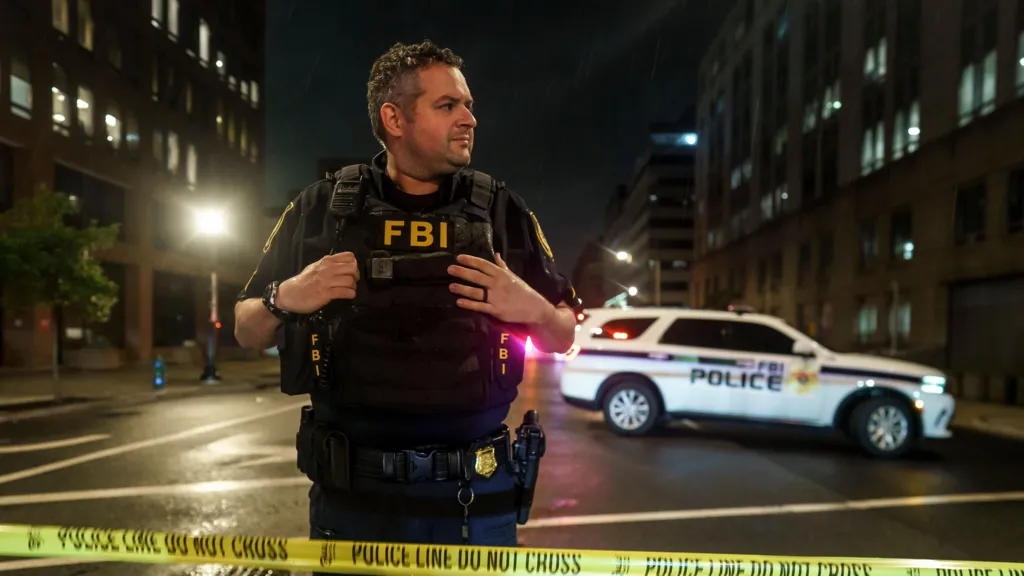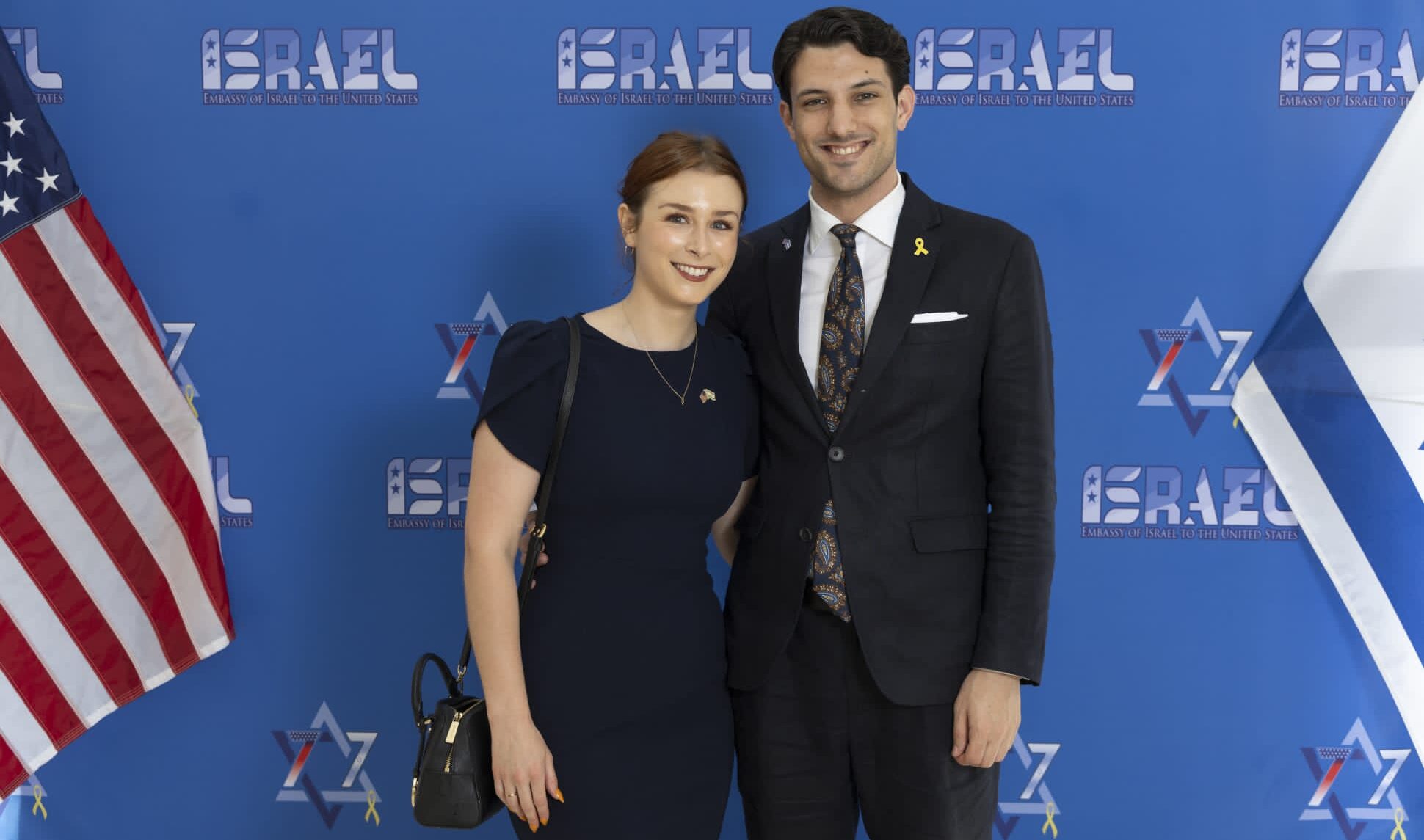Washington, D.C.’s downtown area, a vibrant hub of history, culture, and governance, was shaken late last night by an act of gun violence that has left the city and the nation grappling with profound questions about security, hate crimes, and the sanctity of public spaces. The incident, which unfolded just steps from some of the city’s most iconic landmarks, highlights both the unique vulnerabilities and the resilience of one of America’s most symbolic urban centers.

The Incident: A Night of Horror Near Iconic Landmarks
At approximately 9:10 p.m. on May 21, 2025, a gunman opened fire on a group of individuals outside the Capital Jewish Museum, located in the Judiciary Square neighborhood. The area, known for its proximity to the U.S. Supreme Court, the National Archives, and several federal agency headquarters, is a magnet for both tourists and government employees. On any given day, thousands of visitors flock to this part of the city, drawn by the promise of exploring the nation’s democratic heritage.
According to police reports, the victims—later identified as two foreign nationals working at the Israeli Embassy—were leaving a private event at the museum when they were targeted. Eyewitnesses described a chaotic scene as the assailant, armed with a handgun, fired multiple shots before attempting to flee. Quick response by Metropolitan Police Department officers led to the suspect’s swift apprehension, but not before the tragedy had left its mark.
Community and Security Implications
The shooting has sparked a citywide conversation about the balance between accessibility and security in downtown Washington, D.C. The area’s open nature, with its wide sidewalks, public plazas, and numerous entry points to government buildings, is designed to welcome visitors and embody the ideals of transparency and democracy. However, this very openness can make it a target for those seeking to exploit vulnerabilities.
Local authorities, including the Metropolitan Police Department and the U.S. Secret Service, have long maintained a visible presence in the area. Yet, as this incident demonstrates, even the most vigilant security measures cannot always prevent acts of violence. In the aftermath, city officials have announced plans to review and potentially enhance security protocols, particularly around sensitive sites such as embassies, museums, and government buildings.
The Human Toll and Community Response
Beyond the immediate shock and grief, the shooting has had a profound impact on the local community. The Capital Jewish Museum, a center for education and dialogue about Jewish history and culture, has temporarily closed its doors as a mark of respect for the victims. Community leaders, including representatives from various faith groups, have come together to condemn the attack and call for unity.
Mayor Muriel Bowser addressed the city in a somber press conference, emphasizing that “hate has no place in Washington, D.C.” She praised the bravery of first responders and called on residents to stand together against violence and intolerance. The Israeli Embassy has also issued a statement, expressing gratitude for the outpouring of support and urging the international community to confront the scourge of anti-Semitism.
A Broader Context: Public Safety in Urban Centers
The shooting in downtown Washington, D.C., is not an isolated incident. It reflects a broader challenge faced by cities across the United States and around the world: how to protect public spaces without eroding the freedoms and openness that define urban life. In recent years, cities have grappled with a rise in hate crimes, acts of terrorism, and random violence, prompting difficult conversations about surveillance, gun control, and community engagement.
Experts in urban safety and counterterrorism emphasize the importance of a multi-layered approach to security. This includes not only physical barriers and police presence but also community outreach, intelligence sharing, and efforts to address the root causes of extremism. In Washington, D.C., where the stakes are particularly high given the city’s symbolic importance, these efforts take on added urgency.
Looking Forward: Healing and Hope
As the city mourns, there are signs of hope and resilience. Vigils have been held near the site of the shooting, with residents and visitors alike coming together to honor the victims and affirm their commitment to a safer, more inclusive community. Local organizations are offering counseling and support services, while city officials are working closely with federal partners to ensure that justice is served.
The tragedy in downtown Washington, D.C., serves as a poignant reminder of the fragility of public safety and the enduring strength of community. In the face of violence, the city’s resolve to uphold its values of democracy, diversity, and unity remains unshaken. As investigations continue and security measures are reassessed, the hope is that this painful chapter will inspire renewed efforts to protect not only the physical spaces of the nation’s capital but also the ideals they represent.

